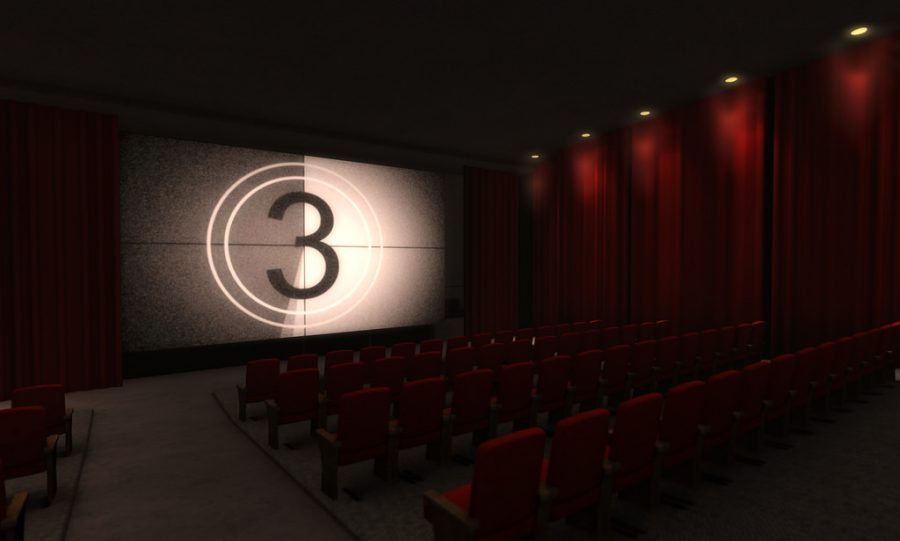Sitting in a movie theater is an immersive experience, one that brings viewers into a different world for the duration of the run time. Viewers want to feel scared, laugh or maybe even shed a tear, but they also want to be able to see themselves in the situations they are watching. Being able to represent all viewers is important, and not an impossible feat.
Representation of the LGBTQ+ community was once unheard-of but has been getting considerably more common over the past few years. “Love, Simon” recently created buzz as a coming-of-age romantic comedy about a gay teenager facing high school and his inevitable coming out. Over the past several years, there has been more frequent representation of the LGBTQ+ community in films such as “Carol,” “Tangerine,” “God’s Own Country,” “A Fantastic Woman” and “Atomic Blonde.” On top of these films, “Moonlight” went on to win the Academy Award for Best Picture in 2017, a big win for the LGBTQ+ community, especially people of color.
This does not necessarily mean that all depictions of LGBTQ+ characters are positive or that all members of the community are represented, particularly people of color, but it is a step towards being able to show the diversity of the community. Now that these films have started to become more mainstream, there is hope that these films will continue to reach new heights and audiences as they come out and bring even more representation to the screen.
Alyxandra Vesey, an assistant professor in the journalism and creative media department, spoke of her optimism concerning the future of this representation.
“I tend to sort of fall on the side of: it is better than what we’ve been given, but I’m always excited to see what representation lies ahead of us,” Vesey said. “We have more that we can do, particularly in having a wider range in those kinds of stories within comedy, within drama, within horror, within sci-fi and fantasy.”
Vesey also sees the issues when it comes to representation amongst the biggest studio blockbusters: superhero films.
“These movies are holding up the film industry in many respects and represent us to the world in terms of filmmaking and that’s one place that we haven’t really been able to make [in] roads.”
Echoing similar sentiments, Jennifer Purvis, an associate professor in the department of race and gender studies, believes that there is ample opportunity for representation to be broader and more realistic.
“So often, I think, people of color get caught up in stereotypes and caricatures and there’s not enough range of experience,” Purvis said. “I think homeless youth are very underrepresented, trans people of color are underrepresented […]. There could be wider representation of all types of identity, including more fluidity.”
Purvis believes that studios should be mindful when they are making these types of films, making sure that there is representation in front of and behind the camera. She also makes sure to mention that filmmakers should be doing their research on these kinds of films, especially if it is an historical film. She also believes that these are not niche films, but really films that everyone can enjoy.
Becky Teague, a graduate student of art history, believes that cinema should be committed to diversity and inclusiveness because of its importance in the world.
“Film, in some capacity, has an obligation to reflect situations and concerns from reality and modern-day society,” said Teague. “If we avoid representing half the population watching these films, we’re no longer creating a connection with them that they feel they can relate to.”
While there are still problems, LGBTQ+ representation is getting more expansive. Film should represent every community in some way, bringing stories to mainstream audiences that can allow people to feel seen and understood.
“People need to see a reflection of themselves in film so that they know there is a place for them in society,” Teague said.









